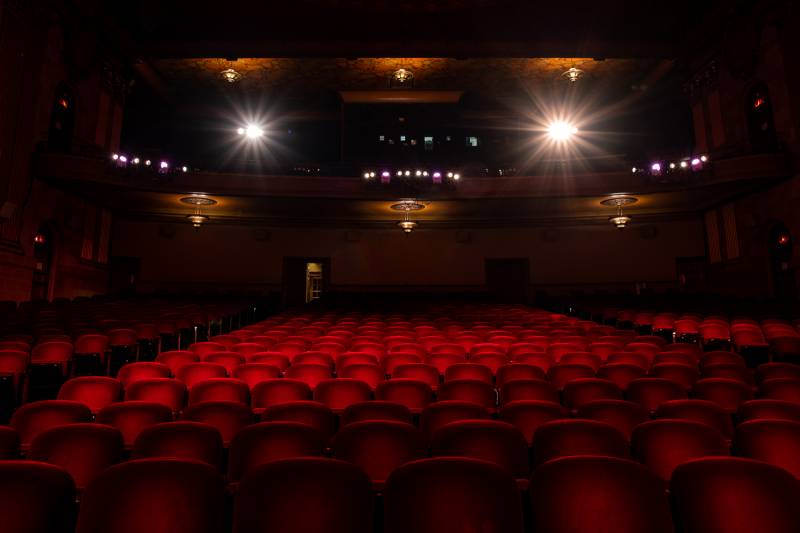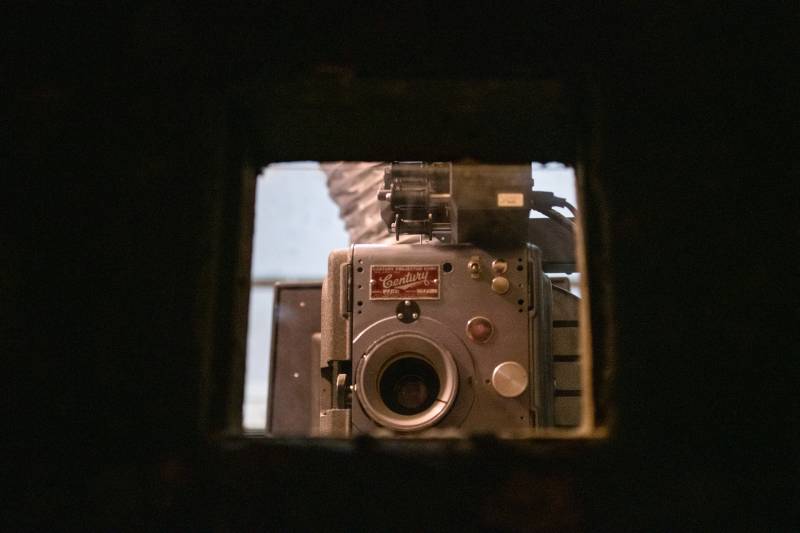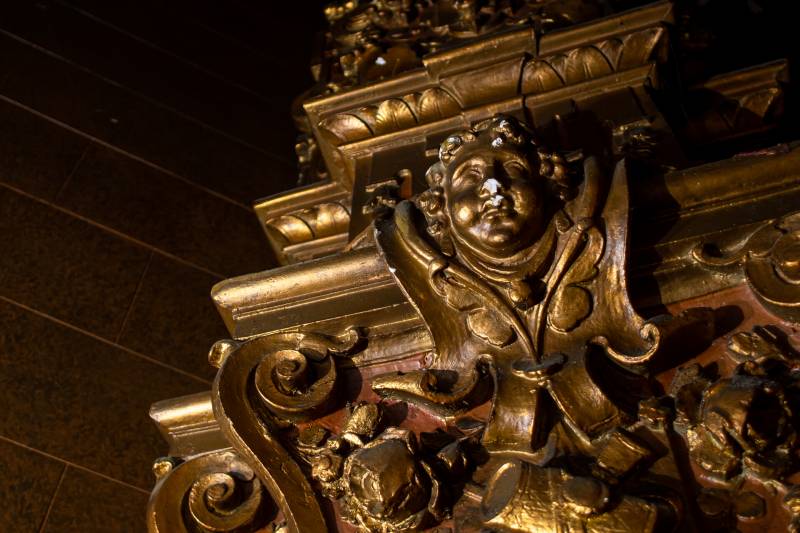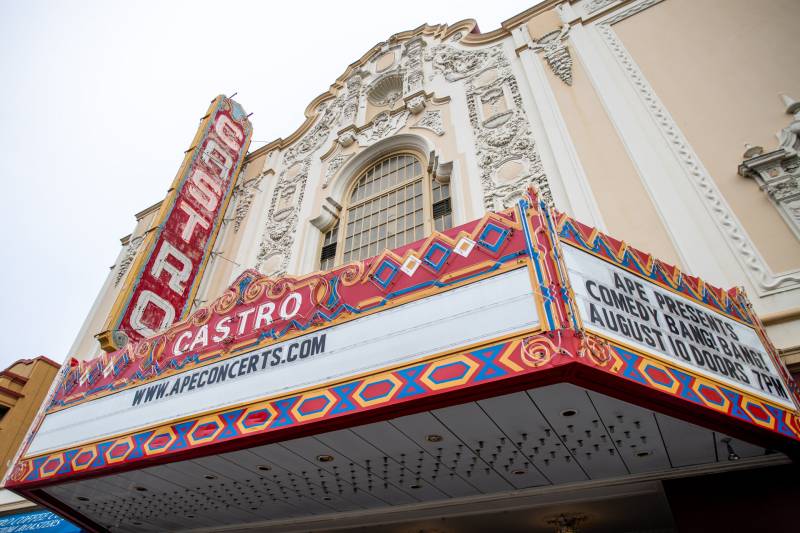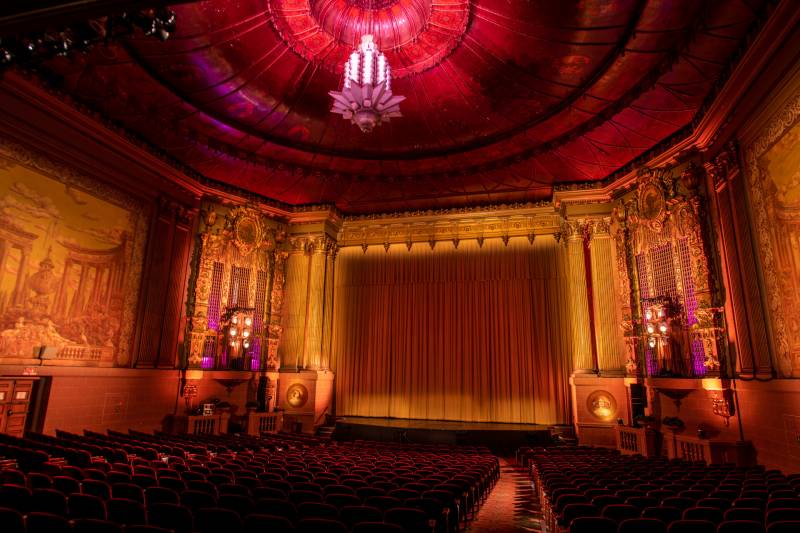
First things first: Everybody loves the Castro Theatre.
That much should be evident during a town hall this Thursday, Aug. 11, hosted by the theater’s new operators, the live-music promoters Another Planet Entertainment. But love for the Castro Theatre may be where consensus ends on Thursday.
Another Planet Entertainment (APE) is proposing a restoration and renovation of the 100-year-old theater, which includes the ceiling, marquee, proscenium, dressing rooms, bathrooms, ADA compliance and more—upgrades widely welcomed. One part of APE’s proposal, however, has inspired over 5,000 opponents to sign a petition launched by the nonprofit Castro Theatre Conservancy, which names famous film directors like Martin Scorsese, Steven Spielberg and Francis Ford Coppola among its supporters.
The controversy comes down to the raked theater floor and the Castro’s traditional orchestra-style theater seating, which APE has proposed replacing with removable seats on multi-level, flat platforms more conducive to standing-room concerts. (The plans submitted to San Francisco’s planning department look similar to the Fox Theater in Oakland, which APE helped restore and now operates.)
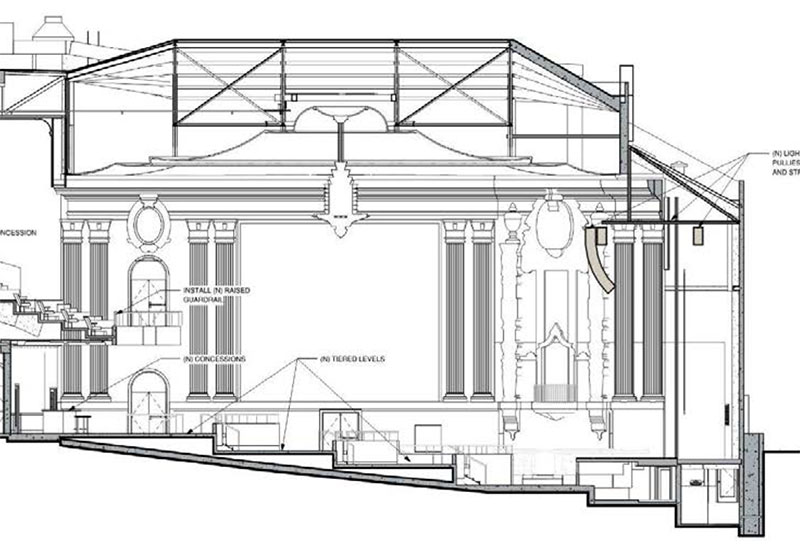
Why in the world would anyone change a historic theater that everyone loves? In short, APE’s answer is that the Castro needs some TLC, which APE can offer, but only if it’s allowed to present more than just film, including live music. And in order to present live music in a profitable, sustainable way, APE believes it needs to install a multi-level floor, or else audiences won’t come and it won’t make enough money to keep the doors open.
If you’re wondering why a bunch of seats stir such passion, you can get an earful of answers on Thursday night, sitting in those very seats where a century of San Francisco moviegoers have gazed up at a flickering screen and had life-changing experiences. As APE sees it, they’re preserving a crown jewel of the neighborhood, and paving a way to keep it open for another 100 years. But to so many who love it, the Castro is church, and altering its seating would be like ripping out the pews at Grace Cathedral.
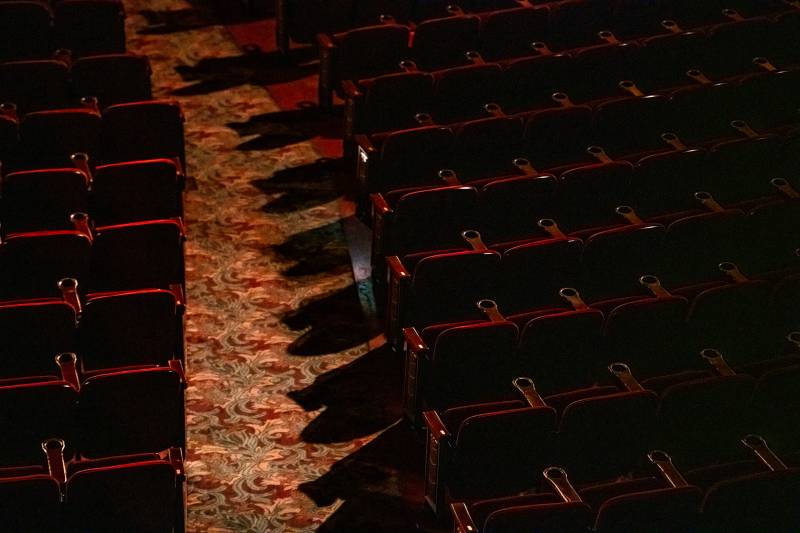
Peter Pastreich is among the film congregation. “If they are able to flatten the floors and remove all of those seats, the building will no longer be suitable for film,” Pastreich says. “They’ll make it great for rock concerts and other events, and virtually unusable for all kinds of other things, particularly film.”
Pastreich is the executive director of the nonprofit Castro Theatre Conservancy, formed in June, which opposes APE’s floor plans. He admits that it’s virtually impossible in the modern day to keep a large, single-screen movie theater running on movies alone, at least with a for-profit model. In 2020, he says, members of his group approached the owners of the theater—Bay Properties, Inc., run by the Nasser family, whose ancestors built the theater in 1922—with a proposal to operate the Castro as a nonprofit, similar to the Roxie Theater in San Francisco or Film Forum in New York City.
